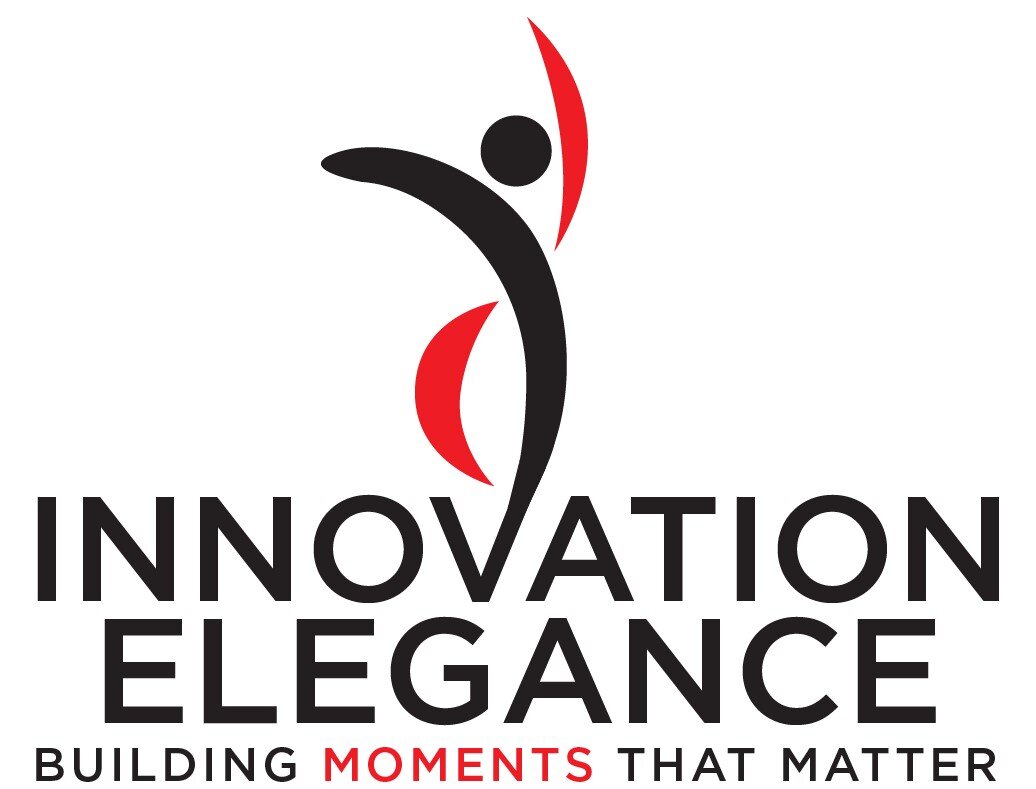Pre-Project and Cross-Project Information
In innovation, work that typically gets the most attention is within the project. But neglecting valuable pre-project, cross-project work puts you in a kind of methodology debt. Your team should answer certain questions before your next project begins, and the right documentation guides that valuable Q&A. Set yourself up for success by paying more attention to cross-project work, and specifically, certain cross-project documentation.
The first documentation category is “Lens of the Market.” This captures information that reflects the stakeholder segment at the boundary of your company, e.g., customers, sellers, competitors and other players in your value chain. Document what these stakeholders are doing that influences your company’s innovation. Document what you are doing that they care about. Examples include Market Forces Matrix, Voice of the Customer & Seller, Roadmap and a Crisis Communication Plan.
The second documentation category is “Lens of the Individual.” This captures information from individual employees. Instead of any special surveys, have your employees share certain information weekly. Consider a status report to show recent accomplishments and near-future plans and goals. Consider a Stoplight Report to capture their sense of what is Red Yellow Green. Consider a Workload Report to avoid abandoning and overloading an employee. And consider a report to capture what they like, wish, hope and wonder.
The third documentation category is “Lens of the Team.” This captures information that your team builds together. Consider a Change Log to capture ideas for innovation. Consider a Parking Lot to capture barriers, risks, issues, and questions. Consider a monthly Lessons Learned exercise. Consider an Approachability Menu since every team member should stay approachable about their meeting etiquette, email etiquette and contributions to documentation..
The fourth documentation category is “Current State.” This information gives transparency to what your team might innovate next and helps keep projects small. Consider a scorecard to capture traits worth measuring. Consider a Current State Inventory to maintain institutional knowledge of your company’s current operations at a high level. Consider scripts and process flows to capture detail. Consider a Customer Experience Hierarchy in order to translate past self-centric processes to your customer’s journey.
Neglecting these documents doesn’t make the information go away – it just hides the information from your team until after the project clock begins. Neglect avoids common understanding and alignment for this information. The Agile Manifesto emphasizes working software and diminishes documentation. This low upfront cost and high marginal cost makes sense when innovation intensity is low. If your innovation intensity is high, consider an approach with high upfront cost (outside a sensitive project schedule) and low marginal cost.
A software-centric methodology like Agile makes sense when software is the most difficult aspect of your innovation (it’s not) and frequency of new software is the primary measure of innovation value and success (not advisable). A hybrid methodology makes sense if you want your technology team to organize around frequency (contributing to franticness and fatigue) while upstream business-facing works do not. Instead, keep transparency high, projects small, and marginal cost low by building these cross-project assets before your next project. They get you out of methodology debt and set you up for success.



